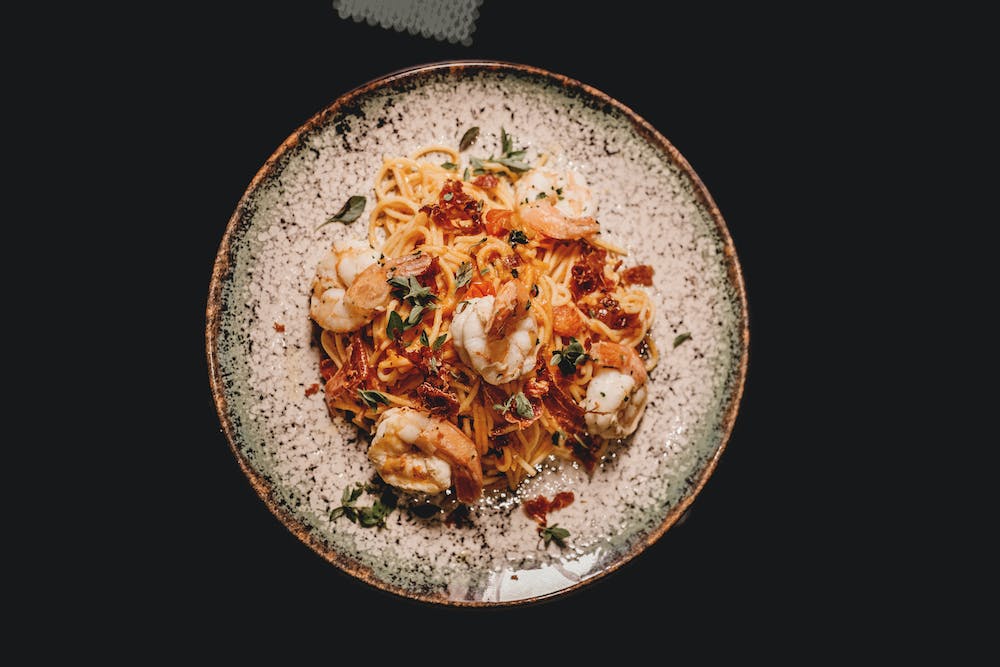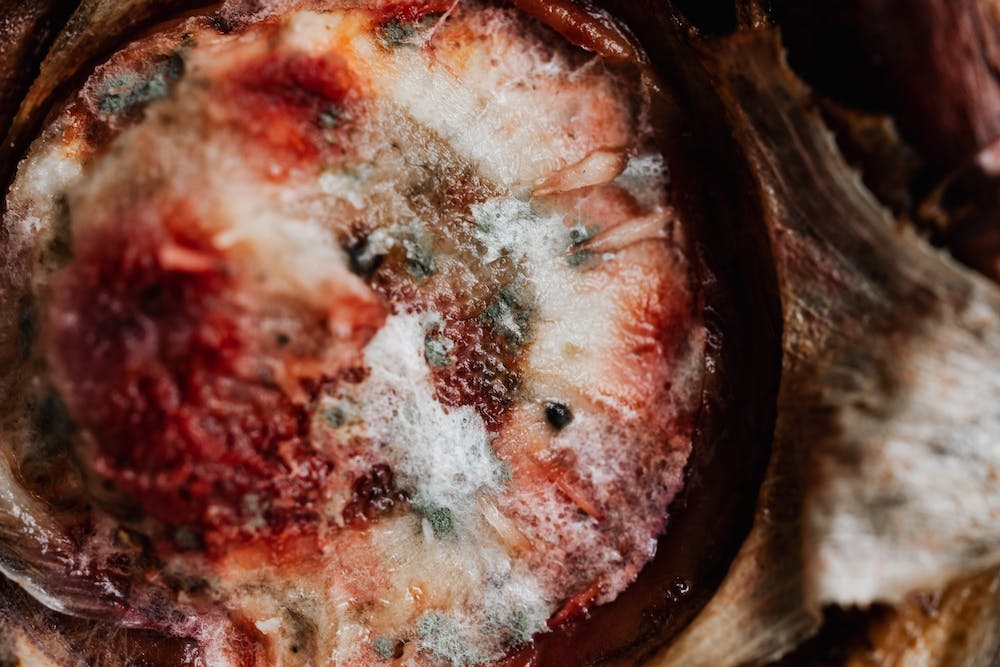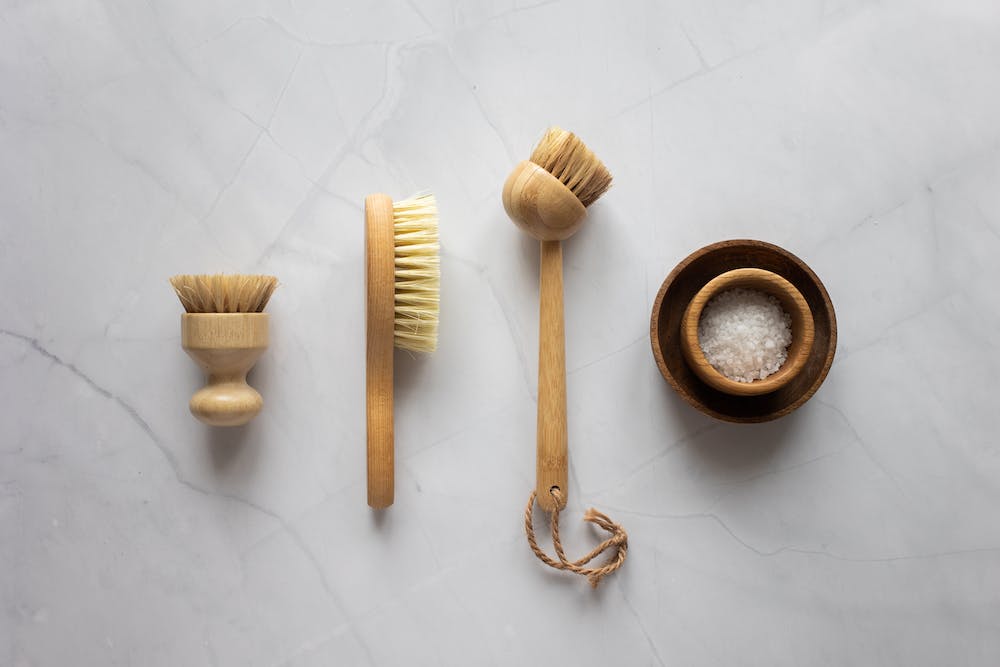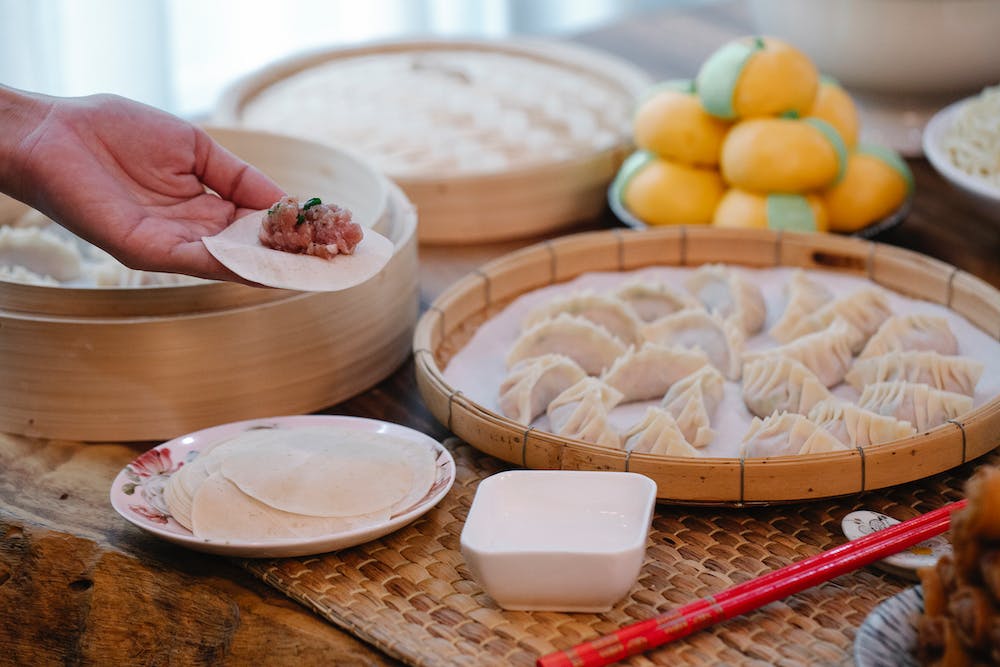If you love the crispy, golden-brown crust that forms on meats and seafood when you cook them on a hot skillet, you might be wondering how to achieve that pan-seared perfection without adding too much oil or butter. Searing is a great way to lock in the juices and flavors of your protein, but it can also add unnecessary fat and calories if you’re not careful. In this blog post, I’ll share some healthy searing techniques that will help you create delicious dishes without compromising your health goals.
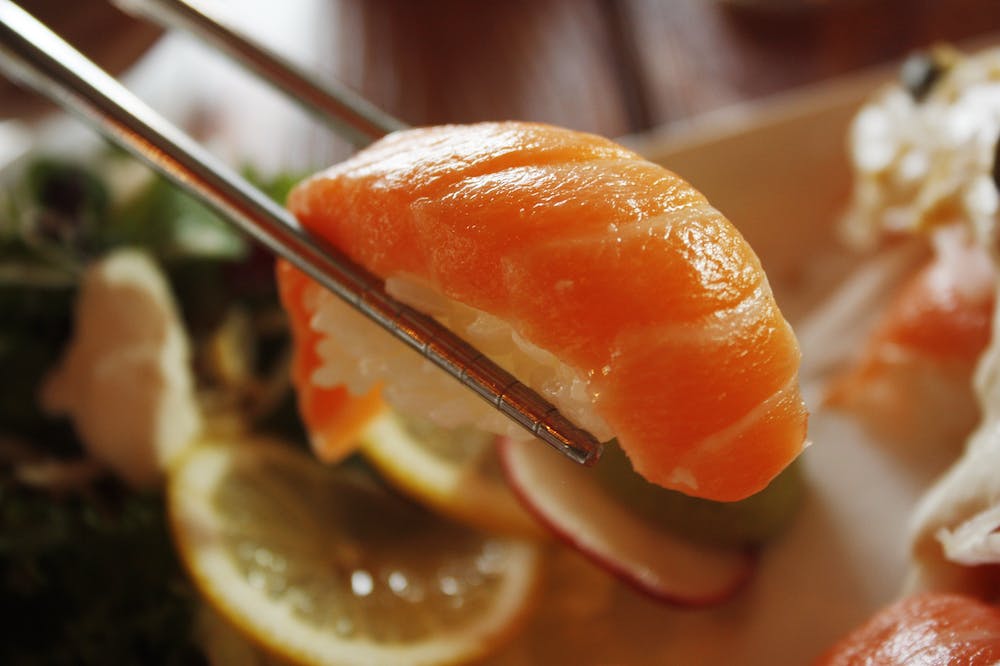 The first thing you need to know is that searing is not the same as frying. Frying involves submerging food in hot oil, which can make it greasy and soggy. Searing, on the other hand, involves browning food on a very hot surface with little or no oil, which creates a caramelized crust that seals in the moisture and enhances the taste. Searing also produces a chemical reaction called the Maillard reaction, which gives food a complex and savory flavor.
The first thing you need to know is that searing is not the same as frying. Frying involves submerging food in hot oil, which can make it greasy and soggy. Searing, on the other hand, involves browning food on a very hot surface with little or no oil, which creates a caramelized crust that seals in the moisture and enhances the taste. Searing also produces a chemical reaction called the Maillard reaction, which gives food a complex and savory flavor.
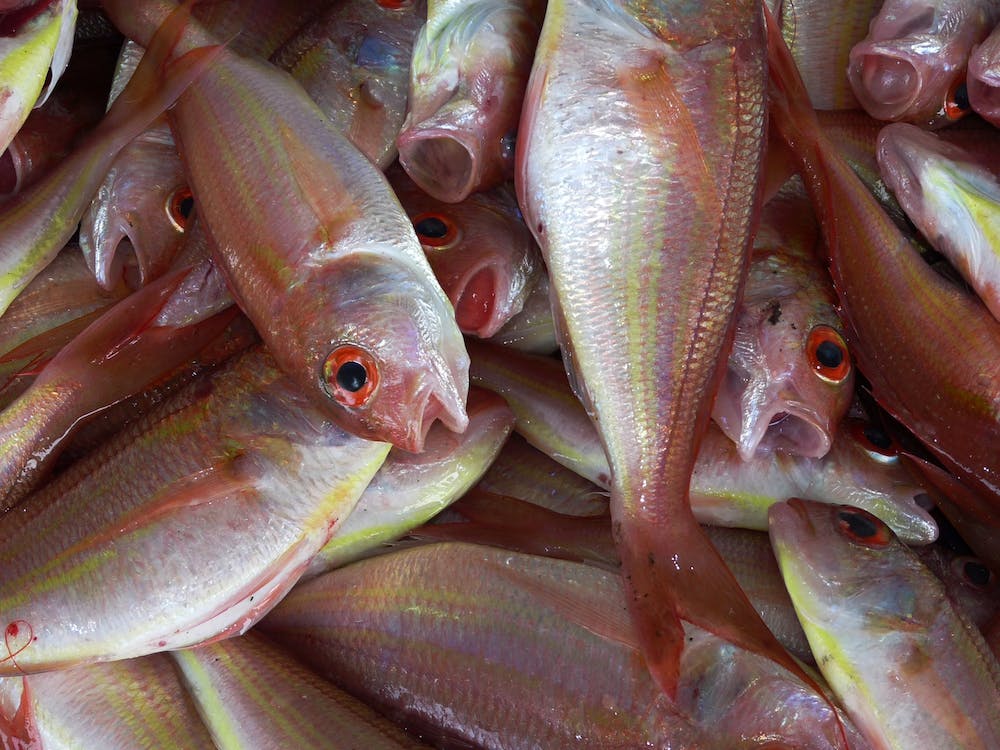 To sear food properly, you need a few things: a heavy skillet (preferably cast iron or stainless steel), a high-heat oil (such as avocado, grapeseed, or canola), a pair of tongs, and a meat thermometer. Here are the steps to follow:
To sear food properly, you need a few things: a heavy skillet (preferably cast iron or stainless steel), a high-heat oil (such as avocado, grapeseed, or canola), a pair of tongs, and a meat thermometer. Here are the steps to follow:
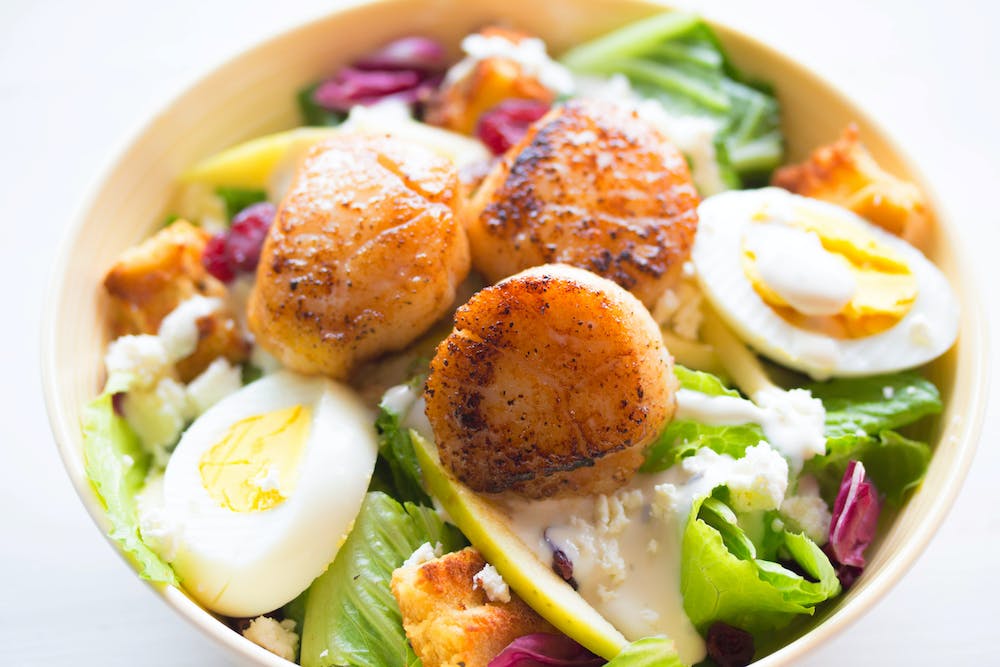 1. Preheat your skillet over high heat until it’s very hot. You can test the temperature by sprinkling some water on the surface. If it sizzles and evaporates quickly, it’s ready.
1. Preheat your skillet over high heat until it’s very hot. You can test the temperature by sprinkling some water on the surface. If it sizzles and evaporates quickly, it’s ready.
2. Pat your meat or seafood dry with paper towels. This will help it brown better and prevent it from sticking to the pan.
3. Season your protein with salt, pepper, and any other spices or herbs you like. You can also marinate it beforehand for extra flavor, but make sure to wipe off any excess liquid before searing.
4. Add a thin layer of oil to the skillet, just enough to coat the bottom. Swirl it around to distribute it evenly.
5. Carefully place your protein on the skillet, leaving some space between each piece. Don’t overcrowd the pan or you’ll lower the temperature and steam instead of sear.
6. Cook for a few minutes on each side, flipping only once with tongs. Don’t move or poke the food while it’s searing or you’ll disrupt the crust formation.
7. Check the doneness of your protein with a meat thermometer. The USDA recommends these minimum internal temperatures: 145°F for beef, pork, lamb, and fish; 160°F for ground meats; and 165°F for poultry.
8. Transfer your protein to a plate and let it rest for 5 to 10 minutes before serving. This will allow the juices to redistribute and keep the meat moist and tender.
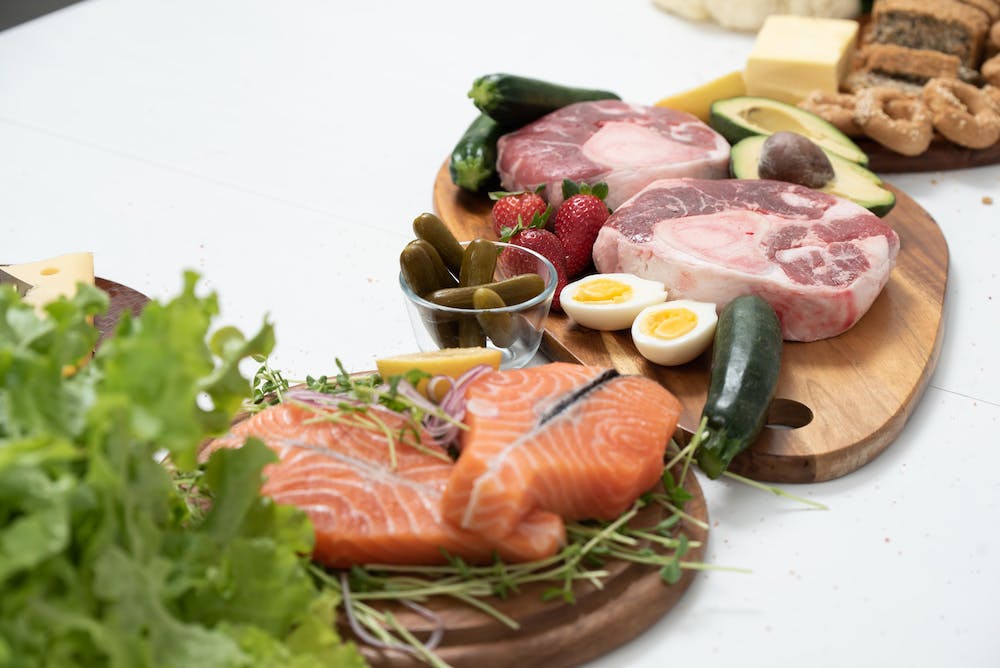 And that’s it! You’ve just learned how to sear meats and seafood like a pro. Enjoy your pan-seared perfection with some roasted vegetables, salad, or whole grains for a balanced and satisfying meal.
And that’s it! You’ve just learned how to sear meats and seafood like a pro. Enjoy your pan-seared perfection with some roasted vegetables, salad, or whole grains for a balanced and satisfying meal.
